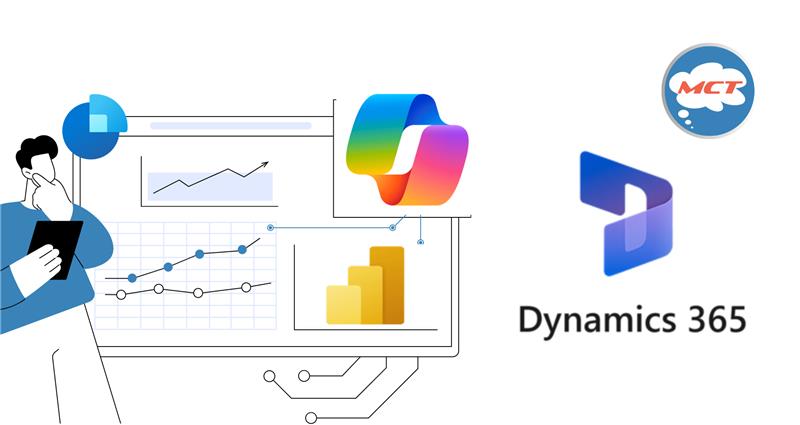
Sales forecasting can either be a game-changer or a shot in the dark—depending on how you approach it. If your team is still juggling spreadsheets and manual updates, chances are your predictions are more hopeful than accurate. That’s where Microsoft Dynamics 365 comes in.
In today’s fast-moving business world, real-time, data-backed forecasts aren’t just nice to have—they’re essential. Dynamics 365 provides sales teams with automated forecasting tools, built-in AI, and up-to-date insights that eliminate guesswork and boost decision-making confidence.
Let’s break down how Dynamics 365 actually improves your forecasting accuracy—and how you can start leveraging it immediately.
Many businesses struggle with fragmented data. Sales, marketing, and customer service all collect insights, but they live in silos. Dynamics 365 pulls everything into one view—meaning your forecasts are based on complete, real-time data from across your organization.
Tip: Integrate Dynamics 365 Sales with other modules like Customer Insights for a full 360° view of your customer journey.
Dynamics 365 leverages AI to detect patterns and trends in your historical sales data, helping predict outcomes more reliably. It can highlight potential pipeline risks, upsell opportunities, or even reps that might miss quota—before it happens.
Tip: Use Predictive Forecasting in Dynamics 365 to set realistic targets and remove bias from your projections.
Forecasting relies on a healthy and accurate pipeline. With Dynamics 365, you get automated opportunity scoring, activity tracking, and data-driven pipeline stages. This means less manual input and more consistency in how deals are tracked.
Tip: Customize your sales stages in Dynamics to match your real-world sales process—it improves pipeline hygiene and forecast quality.
With Power BI integration and built-in dashboards, sales managers can instantly spot what’s working and what’s not. You can slice the data by rep, product, region, or timeline—all without exporting to Excel.
Tip: Set up a real-time dashboard for “Forecast vs. Actual” to monitor gaps and take quick corrective action.
Forecasting isn’t just about numbers; it’s about people. Dynamics 365 encourages reps to participate in forecast submissions, add notes, and update deal statuses easily. Everyone is on the same page—and that increases accountability and trust in the data.
Tip: Use Sales Collaboration features to create a feedback loop between reps and sales leadership.
Conclusion
Accurate forecasting is no longer a luxury—it’s a necessity. With Dynamics 365, you can eliminate guesswork, boost forecast confidence, and make better sales decisions based on live, connected data. If your team is still relying on static reports and gut feelings, it’s time to evolve.
So—how confident are you in your current sales forecast?
What steps are you taking today to ensure you’re hitting your targets tomorrow?
Let us know. We’d love to hear how you’re approaching forecasting in your business.

